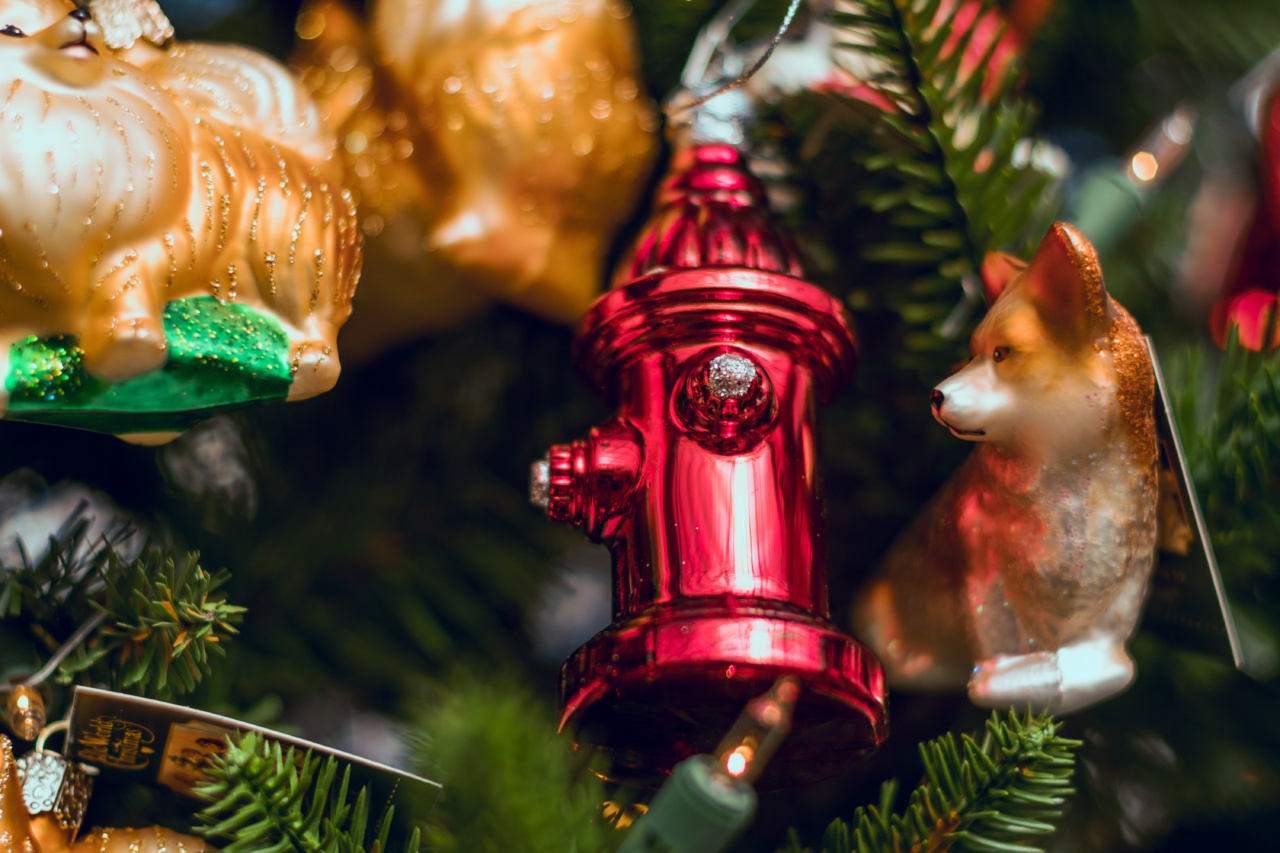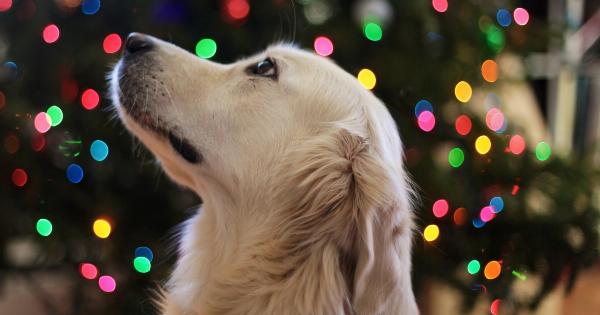Christmas trees are a staple decoration during the holiday season, but some dogs may find them intimidating or scary.
This fear can range from mild anxiety to full-blown phobias, and it can make the holiday season stressful for both you and your furry friend. In this article, we will discuss how to help your dog overcome their fear of Christmas trees so that you can both enjoy the holiday season without any added stress.
Understanding Your Dog’s Fear
The first step to helping your dog overcome their fear of Christmas trees is to understand why they are afraid in the first place.
Dogs are naturally sensitive to changes in their environment, and a Christmas tree represents a significant change to their surroundings. The tree’s size, smell, and glittering decorations can be overwhelming for dogs, especially those with anxiety or fear-based behaviors.
In some cases, a dog may have had a negative experience with a tree, such as knocking it over or getting entangled in its branches.
This experience can leave a lasting impression on your dog and create a sense of fear or apprehension when they encounter a tree in the future.
Tips for Helping Your Dog Overcome Their Fear of Christmas Trees
1. Introduce the Tree Gradually
If your dog is afraid of Christmas trees, it’s important to introduce them to the tree gradually. Start by bringing the tree into the room and allowing your dog to sniff around it.
Offer treats and praise as your dog explores the tree, and make sure to monitor their behavior closely. If you notice signs of anxiety or fear, such as panting, pacing, or excessive barking, it may be a sign that you need to slow down the introduction process.
2. Create a Safe Space
Some dogs may feel safer if they have a designated space where they can retreat when they feel overwhelmed or anxious. You can create a safe space for your dog by setting up a crate or a cozy bed in a quiet part of the room.
Encourage your dog to use this space as needed, and make sure that they have access to water, food, and toys to keep them occupied.
3. Use Positive Reinforcement Training
Positive reinforcement training can be a powerful tool when it comes to helping your dog overcome their fear of Christmas trees. Use treats and praise to reward your dog for brave behavior, such as sniffing the tree or approaching it calmly.
Avoid punishing your dog for anxious or fearful behavior, as this can reinforce their fear and make it worse.
4. Desensitization
Desensitization is a process that involves gradually exposing your dog to the thing they fear in a controlled and positive environment.
To desensitize your dog to a Christmas tree, start by placing the tree in the room and allowing your dog to sniff around it. Then, gradually add lights and decorations over several days, while rewarding your dog for calm behavior. This process can take time, so be patient and take it one step at a time.
5. Make Sure the Tree is Secure
A dog that is afraid of Christmas trees may be more likely to knock it over or get tangled in its branches.
To prevent this, make sure that your tree is securely anchored to the wall or ceiling, and trim any low-hanging branches that your dog could get caught in.
6. Avoid Using Toxic Decorations
Some Christmas decorations can be toxic to dogs if ingested, such as tinsel and certain types of ornaments. Avoid using these decorations if your dog has a tendency to chew or eat things they shouldn’t.
7. Consider Using Natural Remedies
In some cases, natural remedies such as calming pheromone sprays or herbal supplements can help to reduce your dog’s anxiety and stress levels.
These remedies can be a useful addition to other training and behavior modification techniques, but make sure to consult with your veterinarian before using any new products on your dog.
Conclusion
If your dog is afraid of Christmas trees, it can add stress and anxiety to an already busy time of year. However, with patience, training, and the right tools, you can help your dog overcome their fear and enjoy the holiday season alongside you.
Remember to take things slowly, reward positive behavior with treats and praise, and never punish or force your dog to confront their fears.






























